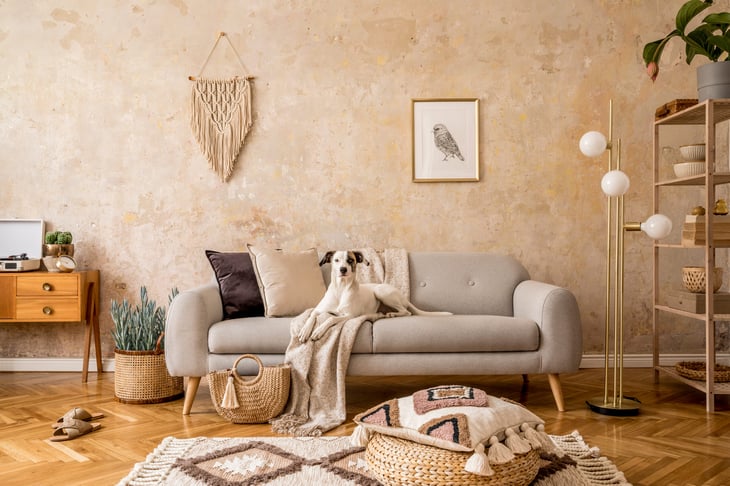
With 30 years of reselling under my belt, I’m the go-to guy when friends need a quick appraisal. And over the years I’ve noticed a recurring phenomenon: The vintage items most people consider valuable usually aren’t, and the things they want to toss are often hot collectibles.
Here’s why: Many of us get our idea of what’s valuable from our parents. But markets change, and new collectors have different tastes.
What disregarded treasures are hiding in your home right now? The answers might surprise you. In this series, we’ll explore hot collectibles you might already own.
1. COOGI sweaters
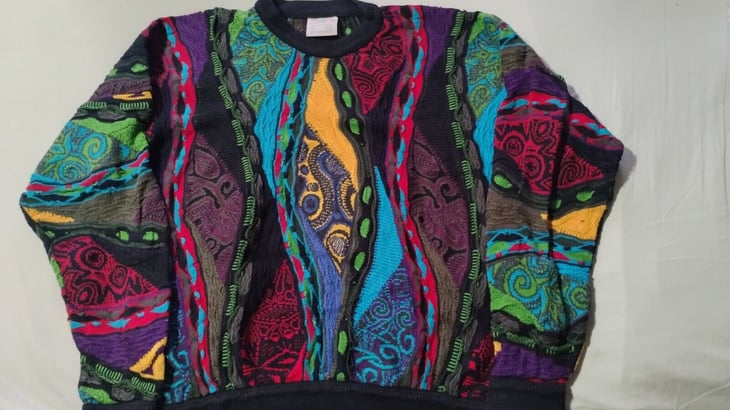
For a brief moment in the 1990s, garish, vividly colored sweaters were all the rage in men’s fashion. Those made by an Australian company called COOGI turned color theory on its head. A single piece might have 10 to 15 different hues woven in a mix of heavily textured abstract patterns.
Though these sweaters are slightly “cringe” by today’s standards, millennials and fashion influencers are making COOGI cool again. Guys, check your closets to see if you still have that “date sweater” from your bachelor years. (Hint: Just follow the scent of Drakkar Noir.)
Vintage pieces in good condition can sell for hundreds of dollars. This animal-themed COOGI sweater recently sold for $600 on eBay, and this technicolor COOGI cardigan sold for $400.
The most common logo features “COOGI” in multicolor all-cap letters set against a black or white background. Immediately beneath the logo, you’ll see the word “Australia” followed by the material content (usually 100% mercerized cotton or 100% pure new wool).
2. Fiber art by Don Freedman
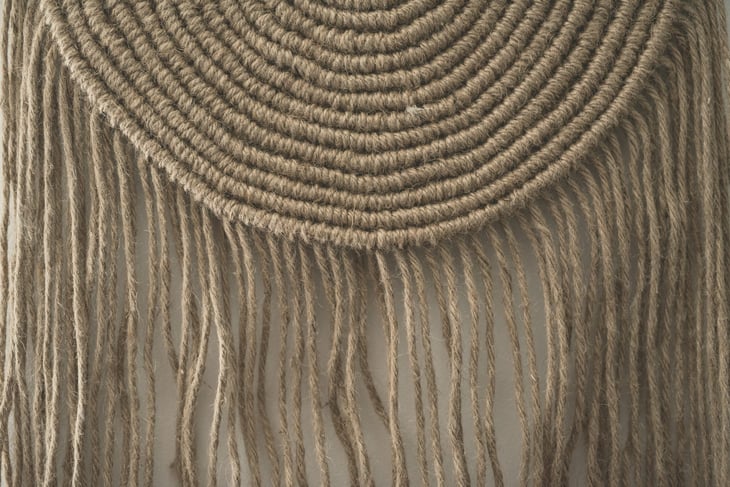
Once upon a time, every beach-side bungalow had a Don Freedman weaving on the wall. Freedman made large, hand-woven fiber art pieces out of jute, wool, cotton and beads. His pieces were a departure from the standard macramé handicrafts that most people associated with fiber art back in the 1970s.
Sadly, there’s little biographical information on Freedman. Born in 1937, his most prolific period appears to have been the 1970s through early ’80s. The resurgence of fiber art in home decor (like these examples from Target and West Elm) can, at least in part, be attributed to Freedman’s visionary work.
Think you have an authentic Freedman? Look for a small “button” (about the size of a half-dollar) made of terra cotta and stamped “DF.” Typically, this maker’s mark is woven into the body of the piece or attached to the back.
Though all Freedman pieces sell well, collectors prefer large weavings. On eBay, this 37″ x 53″ Freedman recently sold for $275. On Etsy, this 37″ x 62″ owl-inspired piece is listed for a hoot-worthy $1,100.
3. Bookends by JENFRED
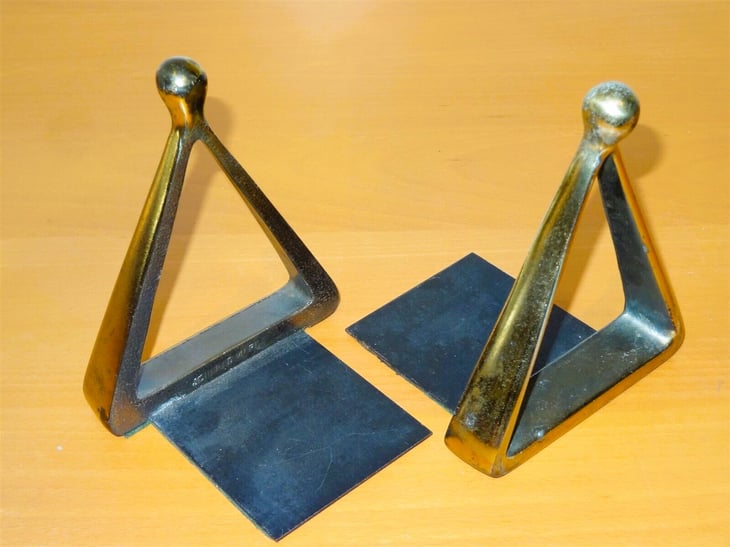
Let’s bookend this month’s hotlist by talking about….well, bookends. In the late 1950s and early ’60s, an industrial designer by the name of Ben Seibel began designing decor pieces for a company called JENFRED.
Again, documentation is a challenge. Almost no historical details have been published about JENFRED and there’s minimal biographical information about Ben Seibel. In spite of the sketchy paper trail, Siebel’s design genius is well known in collecting circles.
Seibel’s bookends were primarily made of brass or aluminum and sometimes trimmed in leather. Designs were minimalist, futuristic and organic — a dramatic shift away from traditional figural bookends. Today, collectors snap them up as accent pieces for authentically midcentury-modern interiors.
On eBay, this leather-wrapped pair of brass bookends recently sold for $375 and this ladder-shaped copper set is listed for $575.
Though identification can be tough, look for “JENFRED WARE” stamped into the metal or paper labels that refer to JENFRED or Raymor (a popular distributor of unique home decor items).
Tastes change — temporarily
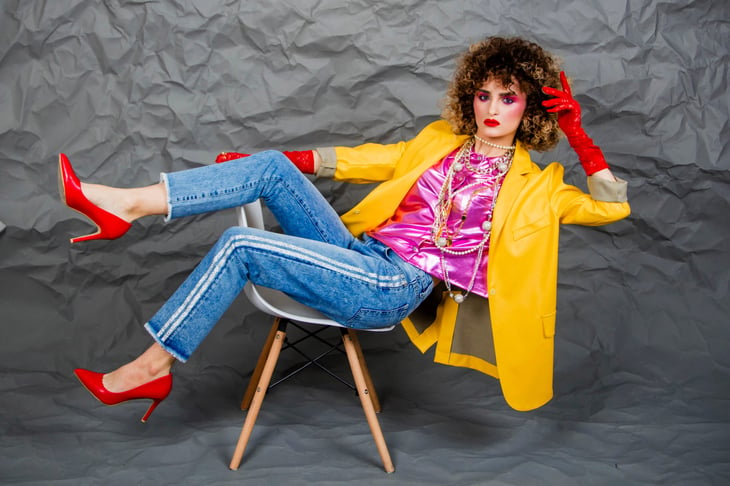
Given enough time, everything old is cool again. All the items we’ve covered survived a period of time when they were profoundly out of style. Each rode a yearslong wave of distaste and came ashore more fashionable than ever.
So, remind yourself to appreciate objects for their intrinsic appeal rather than how they fit into today’s trends. Hold onto to what you love. And to learn more about hot collectibles, check out my series on hidden treasures in the secondhand market.




Add a Comment
Our Policy: We welcome relevant and respectful comments in order to foster healthy and informative discussions. All other comments may be removed. Comments with links are automatically held for moderation.